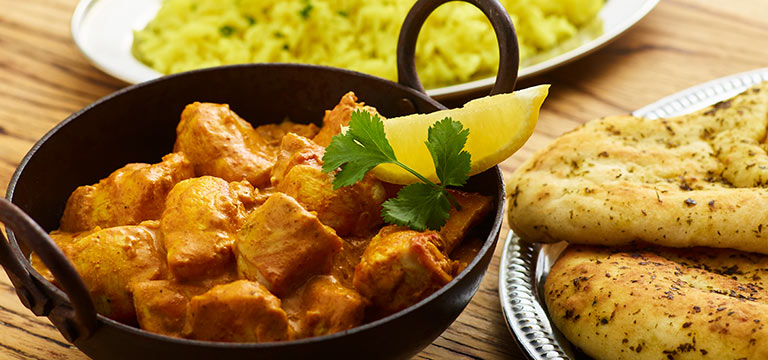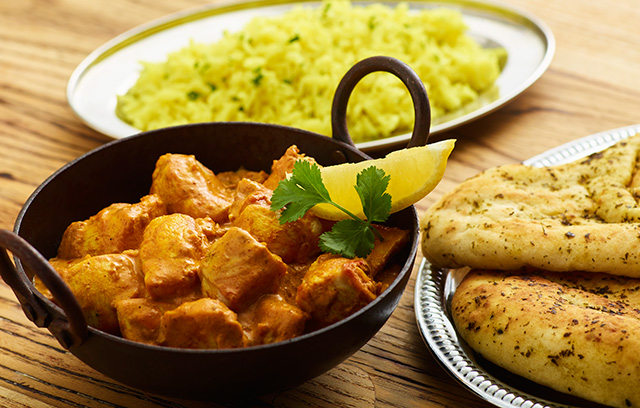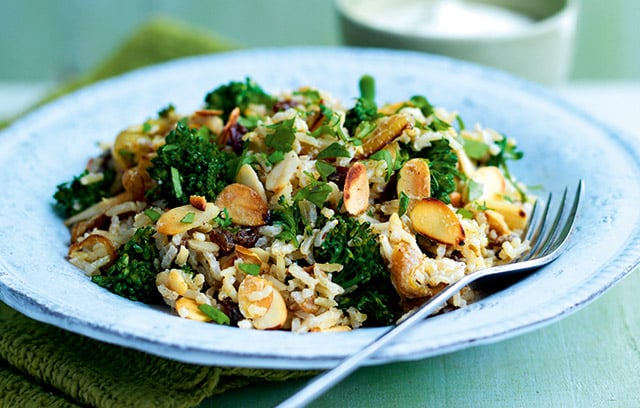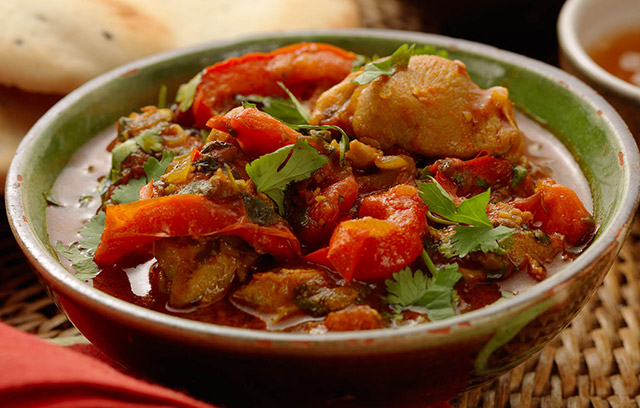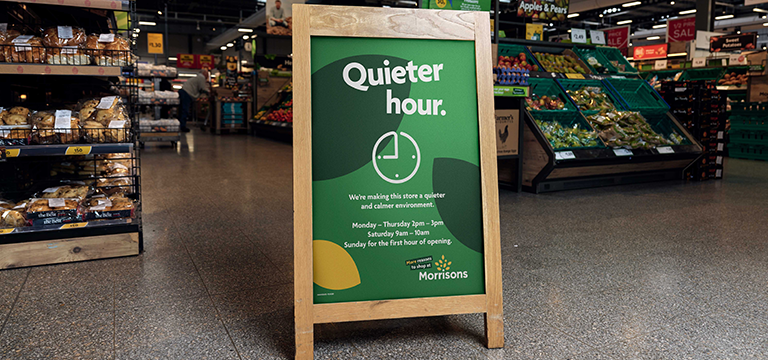Types Of Curry
Lots of people love a good Korma or Tikka Masala when they head out for a curry or order in a takeaway - but for a wider experience of Indian food the curries Jonathan thinks you need to try to celebrate Curry Week (if you haven't already) are:
Dopiaza
"This literally translates as 'Double Onions', and is based on a slow cooked sauce with Cardomon, peppercorn and touch of clove. The star of this dish is, as the name suggests, a combination of slow cooked onion puree and fried chopped onions which make this a sweet and rich option."
Jalfrezi
"Try this if you're wanting something a bit spicier. Jalfrezi translates roughly as "stir fry" and was originally a dish that was made to use up leftover ingredients, which would be fried with chilies. This is therefore a hot dish, but very tasty and smoky (though not usually very saucy) from the hot, fast-frying method of cooking."
Balti
"This curry is said to have originated in Birmingham in the 1970's but there are similar dishes called Balti Gosht in Pakistan from a lot earlier which the current incarnation may have developed from. Named after the curved wok like pan it is traditionally cooked in, the spices of a Balti (a combination of peppercorns and Garam Masala) are cooked in oil rather than the usual Ghee with lots of peppers, onions and ginger. Usually a dry, not saucy dish but full of flavour."
Biryani
"This is a rice dish traditionally slow cooked with Meat or seafood and vegetables, occasionally eggs are added (sometimes whole or shredded through the mix) slightly spiced the delicate spiced Biryani flavour comes from the slow cooking."
Dhansak
"This one is a great option for something different a slow cooked its a mild spiced slightly sweet and sour curry made with lentils Cumin and ginger."
Makhani
"Often referred to as Butter Chicken, Makhani is a great curry that's not spicy and in some ways very similar to a Tikka Masala, but made with fresh tomatoes which gives a great sweet and rich flavor with subtle spices and finished with cream and butter."
Rogan Josh
"Best made with lamb, and slow cooked, the name translates Rogan "oil" and Josh means "hot", which tells you all you need to know about the cooking techniques used. Rogan can also mean red which explains the colour of the sauce in this deep red chilli spiced curry."


